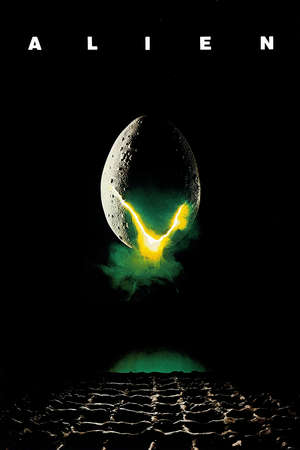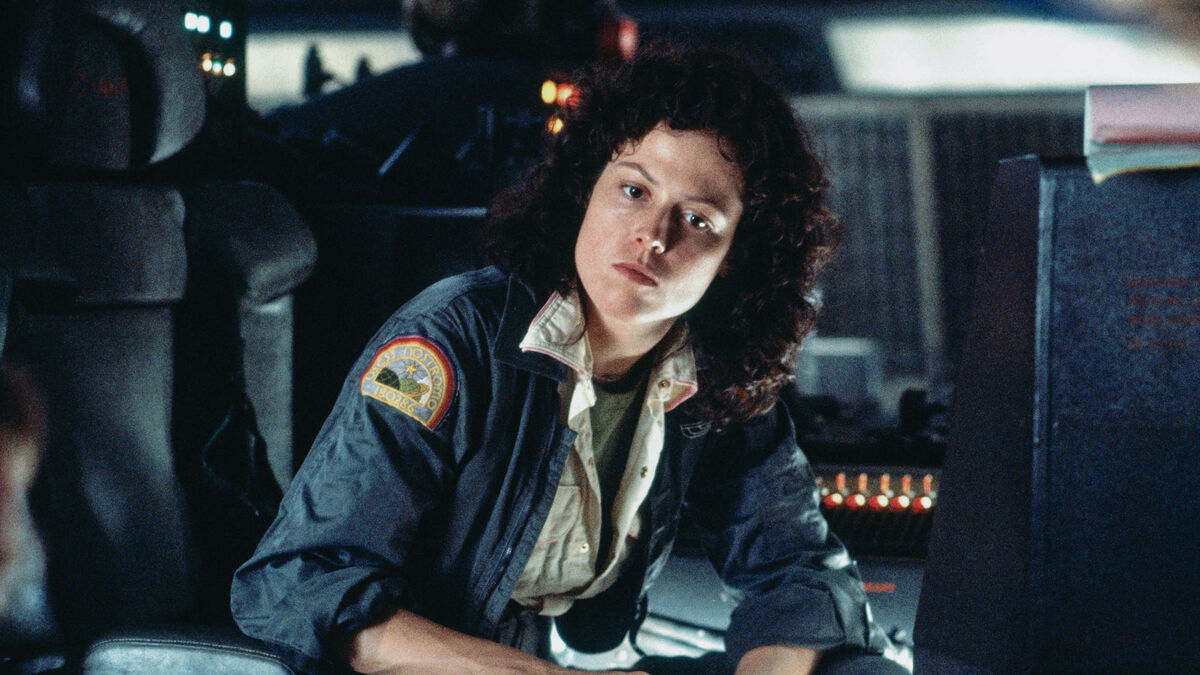

The film sets up a dichotomy between the inorganic—the ship and its reactor filled with ornamentation we are to assume is all for the realization of profit, contrasted with its intensely human (and feline) crew. The gorgeously-rendered hull of the ship acts as a prison and its corridors restrict the possibilities of its inhabitants. And yet, among the first thing we hear from this crew is the seeds of organization, of raging against their imprisonment.
But as soon as the film establishes this dichotomy, it begins to play with it. The titular alien's nest is an organic mockery of the ship, and once the xenomorph is aboard the Nostromo it begins to cut (literally) through the metal and plastic bonds, the hyperorganic coming to dominate the machine. Eventually, the crew itself begins taking action against the machine in self-defense but from it and from their pursuer.
Ripley as a character becomes elaborated along with this dichotomy. Although she's quiet at first, not one of the crew who draws attention in the first few scenes, the more we see from her the clearer her values become. She holds life in the highest esteem, even that of Jones the cat. In doing so, she stands in opposition to the "purity" of force represented by both the Nostromo and the xenomorph. In her, we see that purity is intrinsically a false goal—the true value is always in the impurities that make us people.